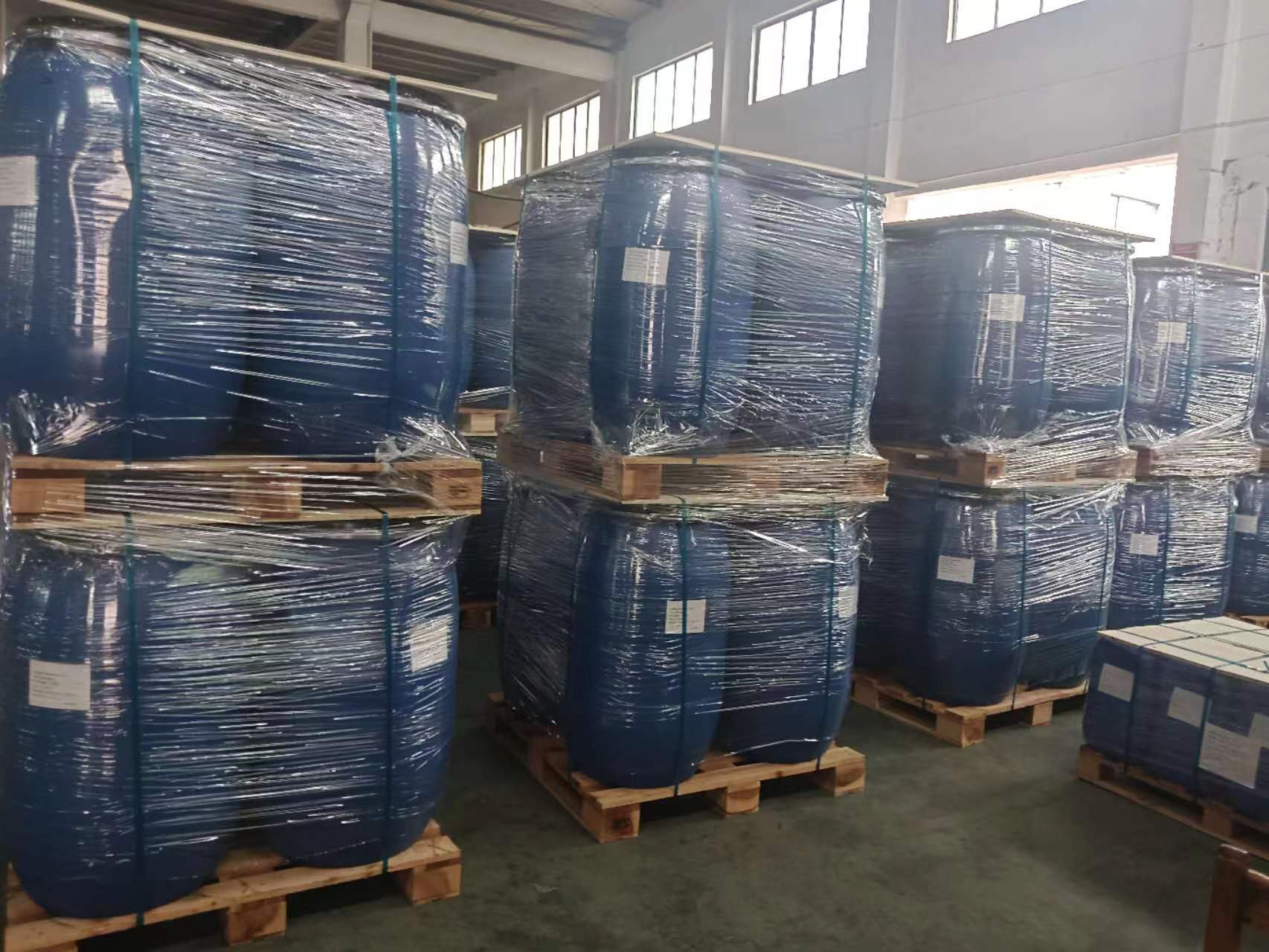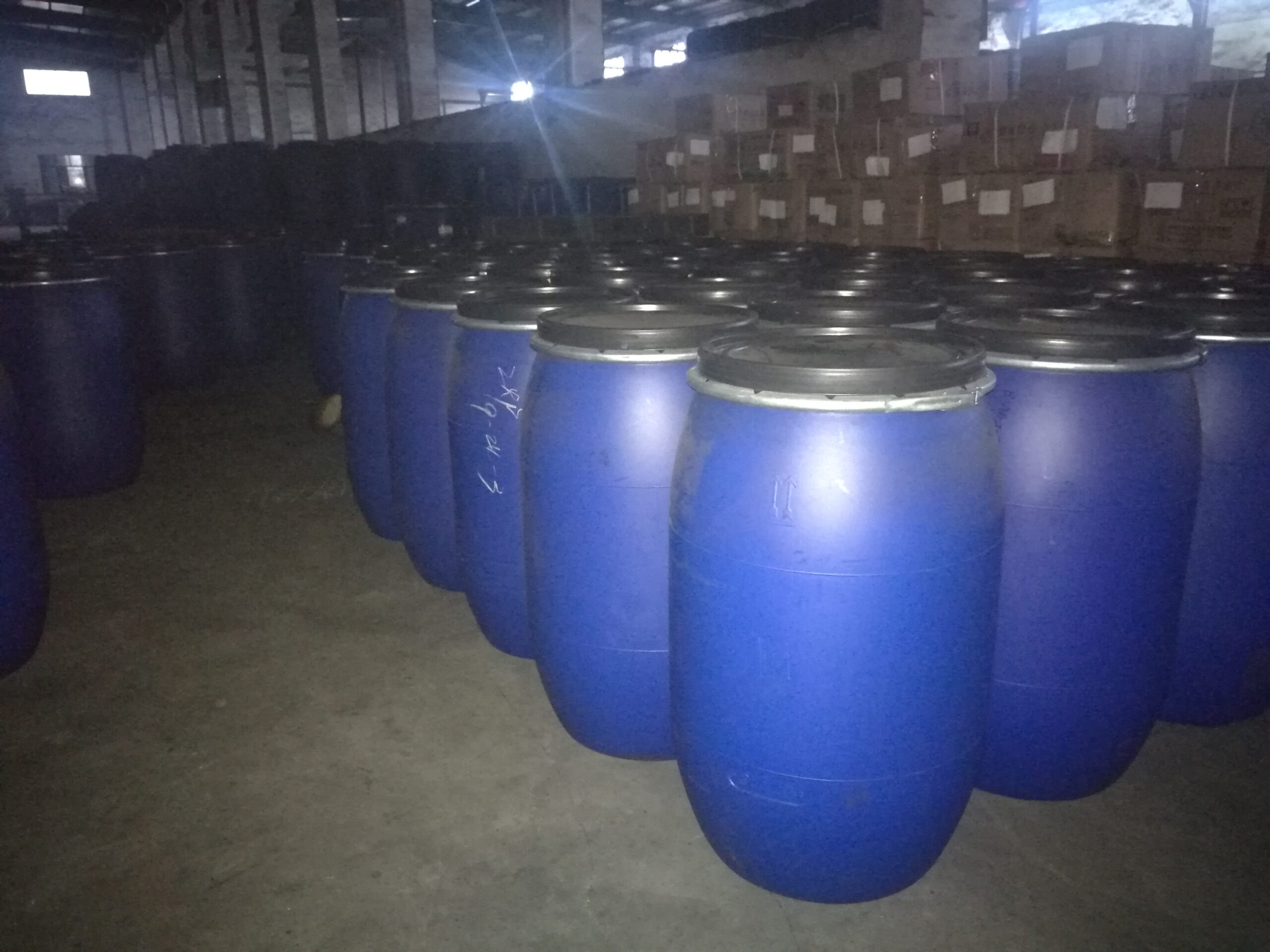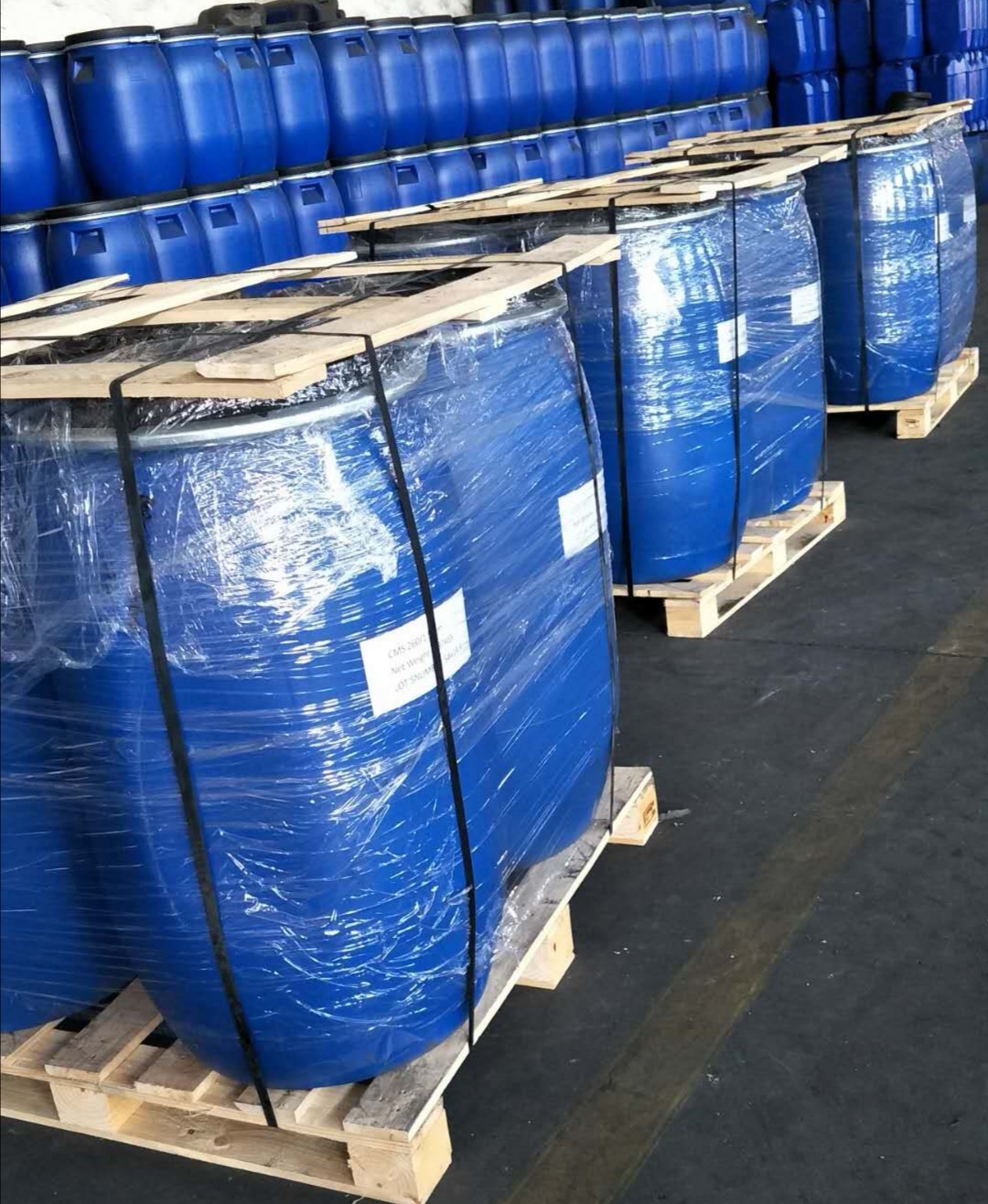What factors affect the performance of adsorption dryers?
Adsorption dryers dry compressed air based on the principle of pressure swing adsorption and regeneration cycle. Saturated compressed air from the upstream alternately flows through two adsorption towers. When one adsorption tower is in a high partial pressure state, the desiccant absorbs a large amount of moisture, while the other adsorption tower is supplied with dry low-pressure gas through the regeneration gas pipeline to desorb the moisture absorbed by the desiccant and regenerate it. So what factors affect the performance of adsorption dryers? Let’s take a look together!
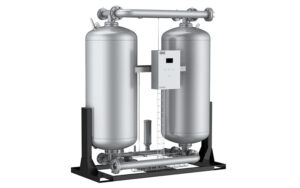
1. Inlet air temperature
The temperature of the compressed air entering the adsorption dryer directly affects the dew point temperature at the back end. Firstly, the inlet air temperature will directly affect the adsorption performance of the adsorption material. The adsorption capacity of the adsorbent will decrease as the temperature rises. Therefore, the higher the inlet air temperature, the lower the water absorption rate of the adsorbent, which seriously affects the dryness of the compressed air. Secondly, under the same pressure, the higher the temperature, the higher the water content in the compressed air, which will increase the humidity load entering the dryer and further affect the adsorption effect.
2. Working pressure
Working pressure refers to the pressure applied to the dryer during operation. A higher working pressure can enhance the adsorbent’s ability to adsorb moisture because a higher pressure will increase the saturation of moisture on the adsorbent, thereby promoting the adsorption process. It increases the mass transfer rate of moisture and accelerates the adsorption speed of moisture, achieving a faster drying effect. Additionally, under the same temperature conditions, as the pressure increases, the water content in the compressed air decreases, which also affects the humidity load of the dryer.
3. Adsorbent
Different types of adsorption materials have different adsorption properties. Choosing the appropriate adsorption material is crucial for the performance of the dryer. The Superdon adsorption dryer uses high-quality adsorbents with high compressive strength, wear resistance, high temperature resistance, and strong adsorption capacity, which can achieve a low dew point drying effect. Moreover, based on the water absorption capacity of different types of adsorbents, they are layered and filled to fully utilize the characteristics of the adsorbents, which is a reasonable design that has been widely recognized by users as an advantage of the Superdon dryer. How does the adsorbent affect the adsorption dryer?
Activated alumina, also known as activated bauxite, has the English name Activated Alumina or Reactive alumina. It is a porous and highly dispersed solid material with a large surface area. Its microporous surface possesses the characteristics required for catalytic action, such as adsorption performance, surface activity, and excellent thermal stability. Therefore, it is widely used as a catalyst and catalyst carrier in chemical reactions. Activated alumina has selective adsorption capabilities for gases, water vapor, and certain liquids. After adsorption saturation, it can be heated at approximately 175-315°C to remove water and be regenerated. Adsorption and regeneration can be repeated multiple times. In the air separation industry, the dew point of activated alumina in pressure swing adsorption can reach -55 degrees. ‘
The working principle of the desiccant dryer (adsorption dryer) is to reduce the moisture content in the compressed air by utilizing the moisture adsorption property of the adsorbent. Generally, the pressure dew point of the outlet air of the desiccant dryer can reach -20℃ to -70℃. Common adsorbents for desiccant dryers include activated alumina and molecular sieves. When extremely dry compressed air is required (dew point below -60℃), molecular sieves are the only choice.
Molecular sieves refer to a class of substances with uniform micropores whose pore diameters are comparable to the sizes of general molecules. Molecular sieves have a wide range of applications and can be used as highly efficient desiccants, selective adsorbents, catalysts, and ion exchangers. Compared with other adsorption materials, the most significant feature of molecular sieves is their uniform microporous structure, which enables them to selectively adsorb gaseous molecules with diameters smaller than their pore diameters. Molecular sieves are generally artificially synthesized. In air drying (separation) processes, the most commonly obtained molecular sieves are hydrated zeolite-type aluminosilicate crystals. They have high thermal and chemical stability, as well as excellent sieving performance, ion exchange performance, selectivity, and adsorption performance. They are typically used in the adsorption chambers of adsorption dryers.
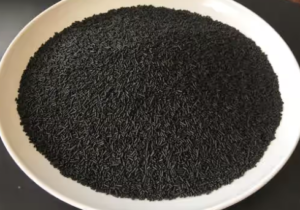
The compressed air discharged from the rear cooler of the air compressor is a kind of supersaturated compressed air, containing a certain amount of condensate water. Generally speaking, a small amount of condensate water has little impact on the adsorption dryer. However, when the condensate water increases, and there is no air-water separator and filter installed before the adsorption dryer, or due to abnormal factors, a large amount of condensate water enters the adsorption tower, it will lead to deterioration of adsorption, a sharp rise in dew point temperature, and in severe cases, the adsorbent will break into powder (specifically manifested as: powder spraying out from the muffler, and the post dust filter being blocked), and the adsorbent must be replaced.
4. Design of the Dryer
For an adsorption dryer to perform better adsorption, thorough desorption is essential. Therefore, the design of the Chao Dun dryer has been the result of extensive research and experimentation to determine the optimal parameter settings, such as the amount of adsorbent, feed rate, adsorption time, heating power, and distribution of diffusion airflow. These factors directly affect the drying performance of the dryer. Before leaving the factory, each unit is inspected and debugged by technicians to ensure normal production for users. Dried compressed air plays a crucial role in production, and the industry’s requirements for the quality of dryers are getting higher and higher.

